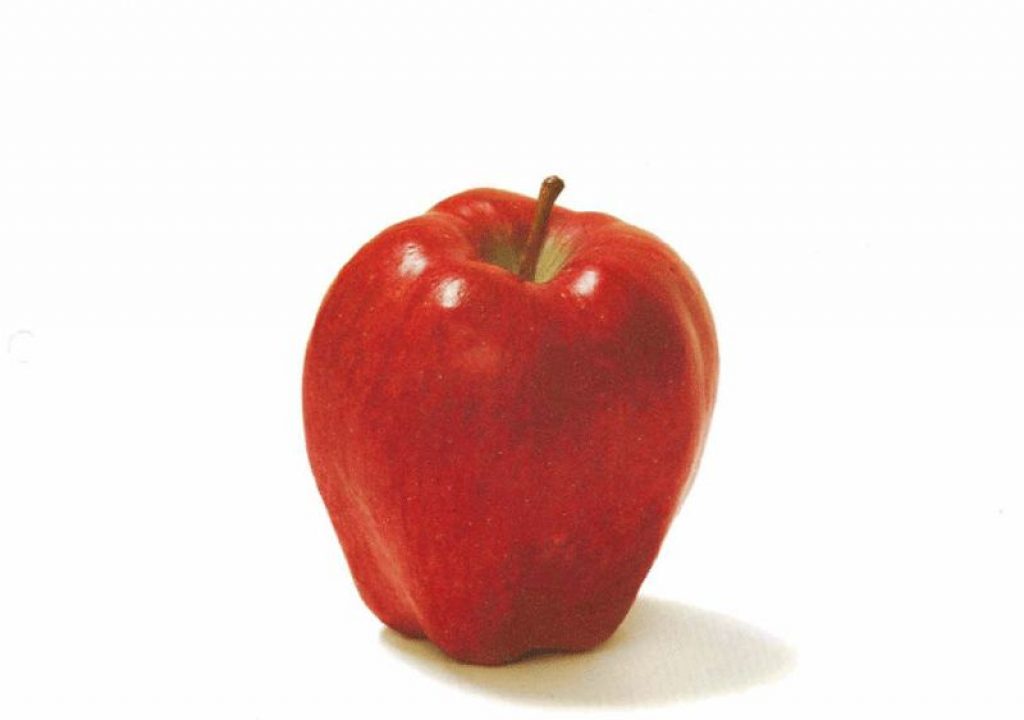By Maya Zuckerman
Edited by Juliana Loh
Over the years, I have been immersed in numerous talks and discussions centered on the question of “How can we streamline and simplify the concept of transmedia so that it is easy to understand?”
My response to that question is: YOU CAN’T – how can you simplify a concept that by definition represents not a description, but a complex construct; a model in fact?
My first approach was to describe the term Transmedia as the perfect ecosystem of a storyworld. But having said this, you almost need to be a systems person or at least be familiar with what an ecosystem is in order to fully appreciate the definition as a description of a story construct. Most of us understand the concept of transmedia albeit abstractly and while we do appreciate that there is more detail, the truth is we want things to be simple.
As a resident of San Francisco, I am accustomed to the many concepts that have defined the startup and silicon valley ecosystems and have to agree 100% that
“Simplicity is INDEED the ultimate sophistication”
Startup Concepts:
• Lean Startups
• Agile and scrum
• MVP (minimum viable product)
My experience and knowledge has given me insight into offering you what I consider a simple yet perfect formula and recipe for understanding ‘transmedia’:
Note: Please remember that each concept sits on a mountain of complexity.
Understanding that there is complexity underneath the simple concepts will help you to see the bigger picture:
The Transmedia Formula:
My concepts are based upon the experiences of my friend, a veteran of the startup community. Over the years, he observed that projects especially in app development that begin minimally (the Minimal Viable Product Stage) offer the audience the greatest opportunity to affect in which direction actual products could possibly evolve.
Why? Because the products themselves begin as ‘mockups’ – the most basic examples of what the ‘potential product’ could be. These mockups are given life through the interaction that occurs between developers and users as feedback and discourse facilitate ideas.
My friend compared the process of developing startup projects to that of how transmedia is created. He observed that transmedia is not only defined by content and audience, but also includes the same all-important notion of audience interaction.
ex. Pilots of shows like Arrested Development whereby content is evaluated by the public offers the same opportunity for Film Producers to tweak their craft.
Simply put, Transmedia cannot only be defined by content and audience – but must also include audience or user Interaction.
With this understanding in mind, I have reduced the concept of transmedia into 3 elements.
A brief expansion on the formula:
Content – refers to all content: From books, films, blogs, images, live performances, UGC, etc.
Platforms – Where do we interact with them, where do they consume the content, how do we market it, etc.
Audience – Beyond who they are, how they interact, and how do we engage with them.
The Transmedia Recipe: (how-to run a successful project versus what makes a great Transmedia story or experience)
As a life cook I believe that great projects should be cooked like a great meal:
Think about what ingredients must make a great meal, get them, use the correct tools for the job, use your own skills and imagination and voila – bon appetite!
I chose the recipe metaphor to aid with the concept of explaining how ideas can move from concept to execution albeit (with a certain flow and elegance + blood, sweat and tears.)
I. Story – can also refer to storyworld or brand narrative. What is the why of the story, the hero’s journey, the origin story, why should it be told on the many platforms, screens,treatment with attention to plot, logline, user centric scenarios, etc. .
II. Content – what are you producing for the multiplatforms? Film, webisodes, book, game, ARG, play, experience, social film, social tv, etc.
III. Team – once you established the above – who do you need in your team to make this a success? Each piece of content needs to have the correct team member in order to accomplish it.
IV. Audience – Who is your audience? why would they want to interact with your project? what’s their personas? what is your audience journey ? how do you engage, interact, attract and retain them?
V. Tools – what tools are you going to use for the job? – your cameras, software, authoring tools, apps, etc.
VI. User Experience – once you know your audience you will need a great user experience designer on your team – the reason I created UX as a sub-category is because of its importance – you have to have great ux in order for your audience to interact with your project – whether its a game, film or any other piece of content – the user needs to be moving seamlessly in between the different platforms, screens, experiences.
VII. Platforms – which online platforms is the content going to interact with – social media, new platforms. Could also refer to the multi-screens we are using, real live events including breaking the fourth wall.
VIII. Business Model: Most important ingredient: How will you make money? how will you raise money first and then make money from your project so it can become sustainable, what's your distrubution models?
The biggest next step is how to organize all of this now into a working project.
This is definitely the place of another blog or several on developing a great project, writing a great Transmedia bible and then making it happen.

